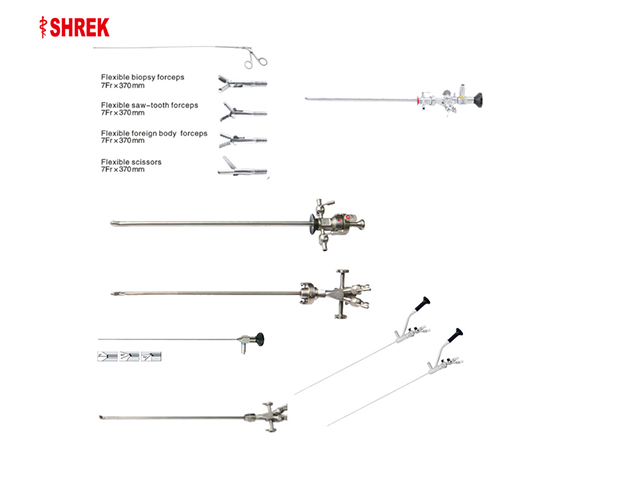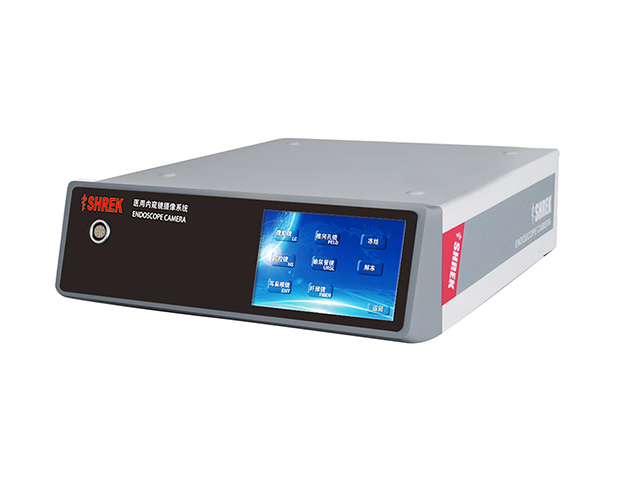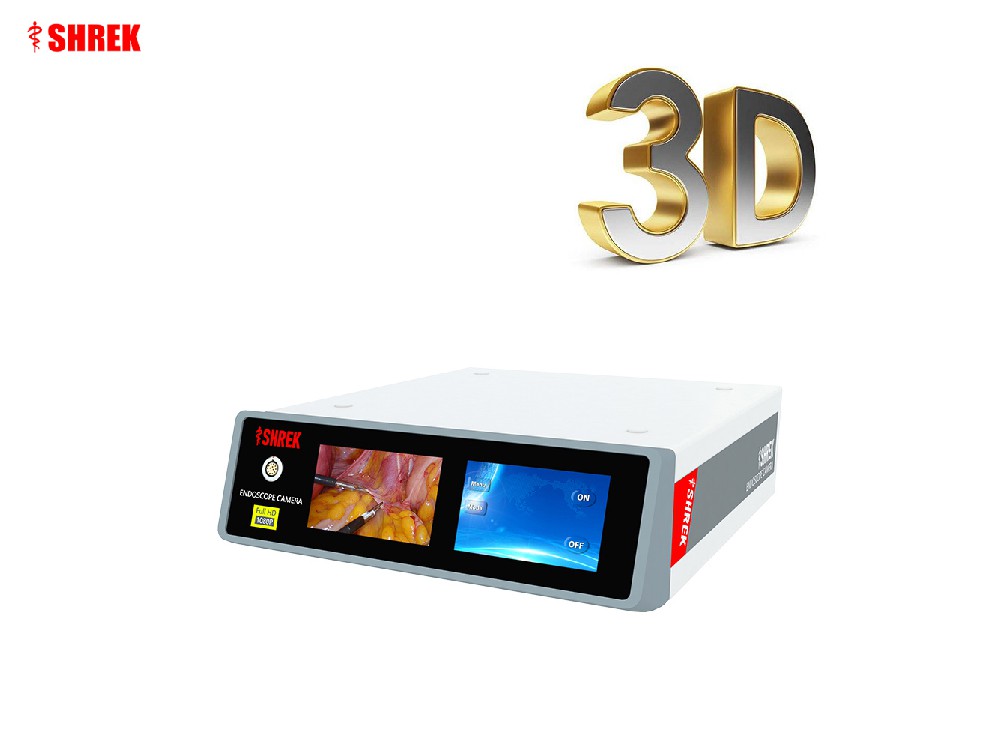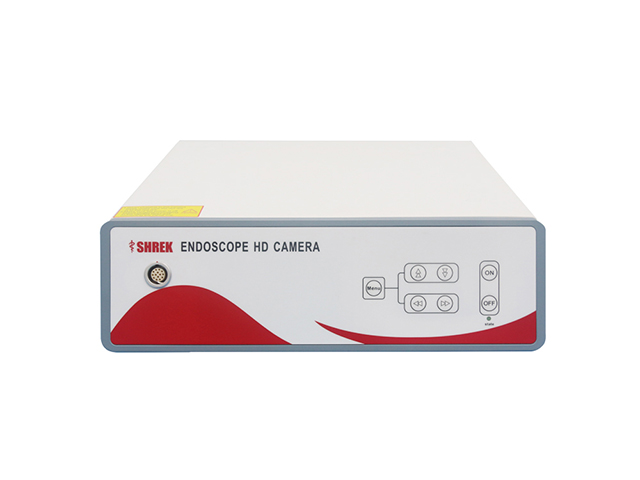SHREK NEWS
The difference between soft cystoscope and rigid cystoscope

Cystoscopy is a medical procedure that involves the examination of the bladder and urethra using a cystoscope, a long, thin, tube-like instrument with a camera and light source. There are two main types of cystoscopes: soft cystoscopes and rigid cystoscopes.
Soft cystoscopes, also known as flexible cystoscopes, are made of a flexible material that allows the instrument to bend and move easily through the curves of the urethra and bladder. Soft cystoscopes are typically used for diagnostic purposes, such as examining the bladder lining for signs of inflammation or tumors, and for procedures that do not require a rigid instrument, such as the removal of small bladder stones.
Rigid cystoscopes, on the other hand, are made of a rigid material and do not bend or move as easily as soft cystoscopes. They are typically used for more complex procedures, such as the removal of larger bladder stones or tumors, or for the insertion of stents or other medical devices. Rigid cystoscopes may also be used for diagnostic purposes, especially in cases where a soft cystoscope cannot provide a clear view of the bladder lining.
Both soft and rigid cystoscopes have their own advantages and disadvantages. Soft cystoscopes are less invasive and generally cause less discomfort for the patient, but they may not provide as clear a view of the bladder lining as rigid cystoscopes. Rigid cystoscopes are more invasive and may cause more discomfort for the patient, but they provide a clearer view of the bladder lining and allow for more complex procedures to be performed.
The choice of cystoscope used depends on the purpose of the procedure, the patient's anatomy and medical history, and the preference of the healthcare provider performing the procedure.




